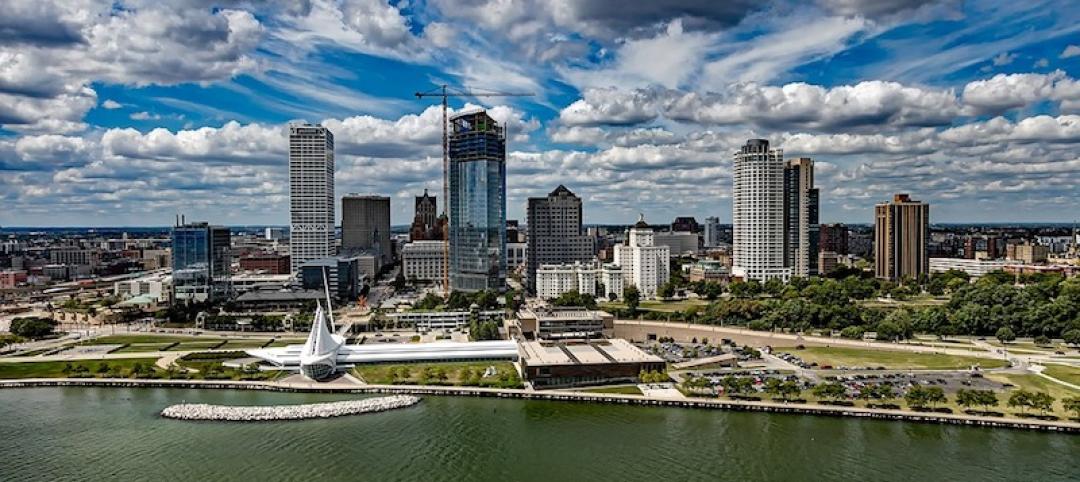Flawed energy efficiency modeling is the reason many green buildings fail to live up to expectations on energy efficiency, according to a U.K. researcher.
David Coley, a University of Bath specialist, led a team that surveyed 108 architects, engineers, and energy consultants who routinely use energy performance models. They asked participants to look at a typical British semi-detached home recently updated to meet current building codes. Then they asked test subjects to rank which improvements made the most difference to energy performance.
Their answers didn’t match up with reality, suggesting a performance gap between modeling and the real world. There were cases where the modelers produced a savings measure that was more than the energy use of the house.
Energy models showing unreasonable results are evident at the preliminary stage on half of projects going through the LEED certification process, according to a U.S. Green Building Council official. Designers have a tendency to accept outputs without evaluating the reasonability of the results, she said.
Part of the reason for the performance gap is that modelers do not usually go onsite to see how the building operates and compare that to the design. Typically there is no expectation that they’ll even talk to the building manager at year one and ask how energy usage compares with the original model.
Related Stories
Codes and Standards | Feb 14, 2019
ISO publishes first global BIM standards
Based on British standard and a publicly available standard.
Codes and Standards | Feb 12, 2019
Property technology adoption accelerates in commercial real estate industry
New business models create disintermediation.
Codes and Standards | Feb 11, 2019
Investing in downtowns pays off for cities, regions
Benefits include driving tax revenue, business activity, and smart development.
Codes and Standards | Feb 8, 2019
Oslo, Norway’s downtown goes virtually car-free
Parking spots converted to bike lanes, transit is fast and easy.
Codes and Standards | Feb 7, 2019
New North Carolina energy code has extensive lighting control requirements
Includes automatic shut offs for buildings of all sizes.
Codes and Standards | Feb 6, 2019
Solar carports can help with California’s Title 24 mandates
Can be combined with virtual net-metering software and tax-enabled financing.
Codes and Standards | Feb 5, 2019
Milwaukee board approves rezoning for Western Hemisphere’s tallest mass timber building
Mixed-use tower would rise 21 stories high.
Codes and Standards | Feb 1, 2019
Mass. governor proposes real estate transfer fee hike for climate resiliency projects
Opposed by real estate and trade groups, plan could generate $1 billion in next decade.
Codes and Standards | Jan 31, 2019
New York City will reform construction bid process
Streamlined process intended to improve efficiency, reduce hassle for bidders.
Codes and Standards | Jan 30, 2019
New AGC program aims to diversify construction workforce
More diversity needed to keep pace with demand for workers.

















